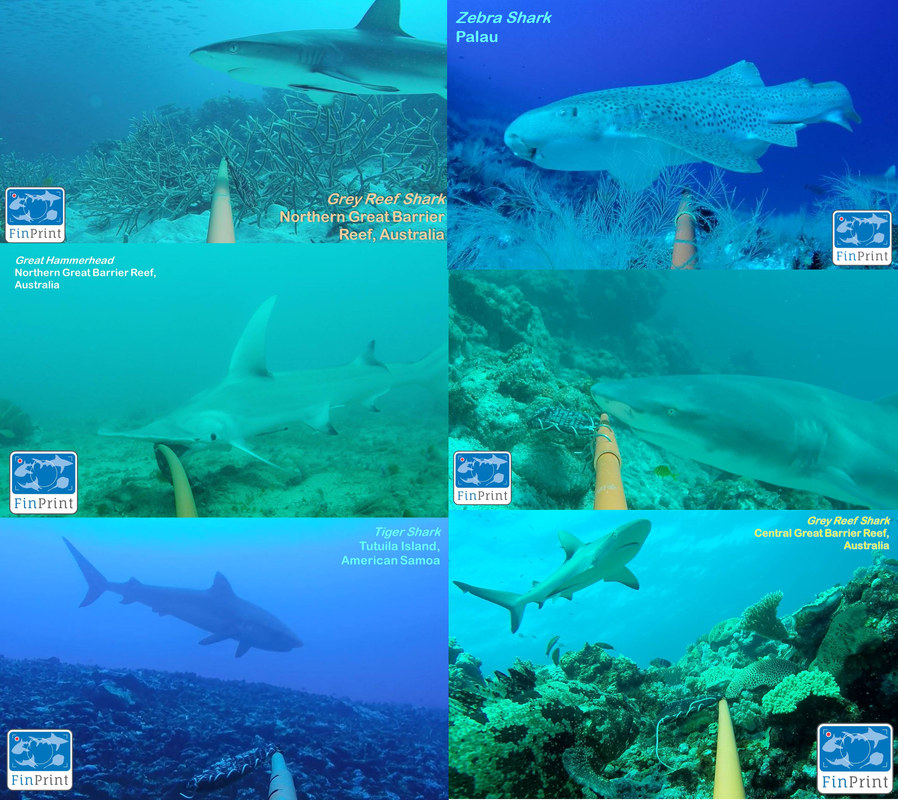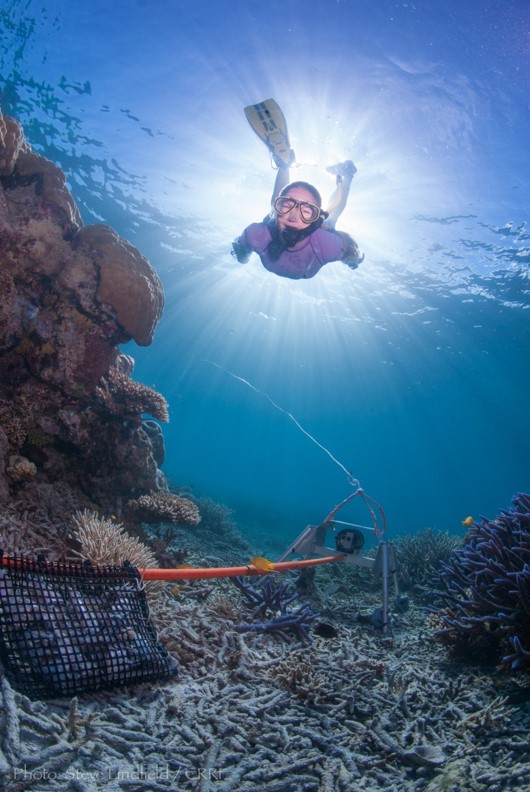Australian Institute of Marine Science
My research primarily uses diver-less monitoring techniques such as acoustic telemetry and Baited Remove Underwater Video Stations (BRUVS) to understand animal movement patterns, richness and relative abundance of species within fish assemblages and linking these to habitat characteristics (e.g. benthic fauna, rugosity), spatial factors (e.g. depth, across-shelf distance) and environmental factors (e.g. water temperature, oceanographic measurements). Fish assemblage analyses I conduct monitoring changes through time enables better understanding of what shapes species of importance, fish communities, and ecosystems. I am interested in species-habitat associations using multiple techniques in innovative ways, and some of my current projects include:
- Understanding the distribution and movement of important marine species along the east coast of Queensland and beyond via leading the Queensland Acoustic Telemetry Array, an Integrated Marine Observing System (IMOS) project funded by the Department of Environment and Science
- Assessing richness, abundance and fish assemblage composition at NW shoals and islands through time + after industry activity
- Understanding regional fish assemblage splits by combining fish data from multiple methods with oceanographic data
- Using large datasets to answer continental scale questions and optimising BRUVS sampling for elasmobranchs + teleosts
- Providing expertise in acoustic tracking of marine species
Global FinPrint Project
The Global FinPrint Project www.globalfinprint.org is funded by the Paul G Allen Philanthropies and aims to better understand the number of shark and ray species (richness) and their prevalence (relative abundance) in coral reef areas worldwide. During my postdoctoral position I led research trips to remote locations in Northern Australia and the Pacific region, sampling by BRUVS with collaborators and crew from a range of vessels both nationally and internationally. My team provided feedback during each trip within the context of the counties visited, with the aim to provide data for the conservation and management of elasmobranchs in coral reef ecosystems.
BRUVS were also fitted with instruments (e.g. environmental loggers, acoustic receivers) and other techniques were used (e.g. UVC) to assist in monitoring species diversity in the marine environment, identify fundamental marine fish habitat, and highlight locations of rare and threatened species.
Research outcomes for this project are ongoing, with a huge dataset enabling avenues for regional and global impact.
See some of my FinPrint video footage:
Northern Great Barrier Reef
Palau shark sanctuary
Northern Great Barrier Reef Grey Reef Sharks
Lemon and Tiger sharks
BRUVS were also fitted with instruments (e.g. environmental loggers, acoustic receivers) and other techniques were used (e.g. UVC) to assist in monitoring species diversity in the marine environment, identify fundamental marine fish habitat, and highlight locations of rare and threatened species.
Research outcomes for this project are ongoing, with a huge dataset enabling avenues for regional and global impact.
See some of my FinPrint video footage:
Northern Great Barrier Reef
Palau shark sanctuary
Northern Great Barrier Reef Grey Reef Sharks
Lemon and Tiger sharks
Photo Credit: Steve Lindfield (CRRF)


